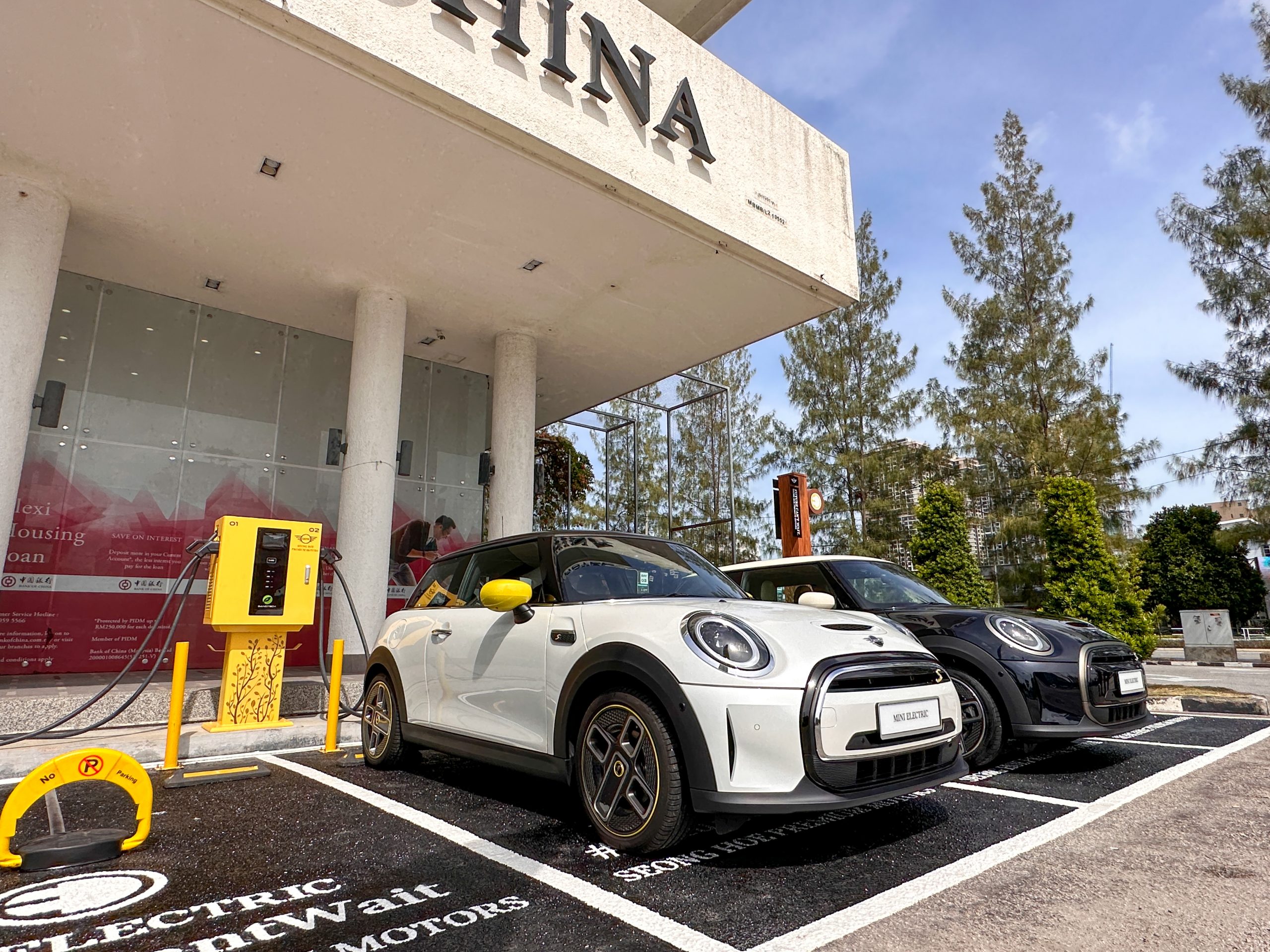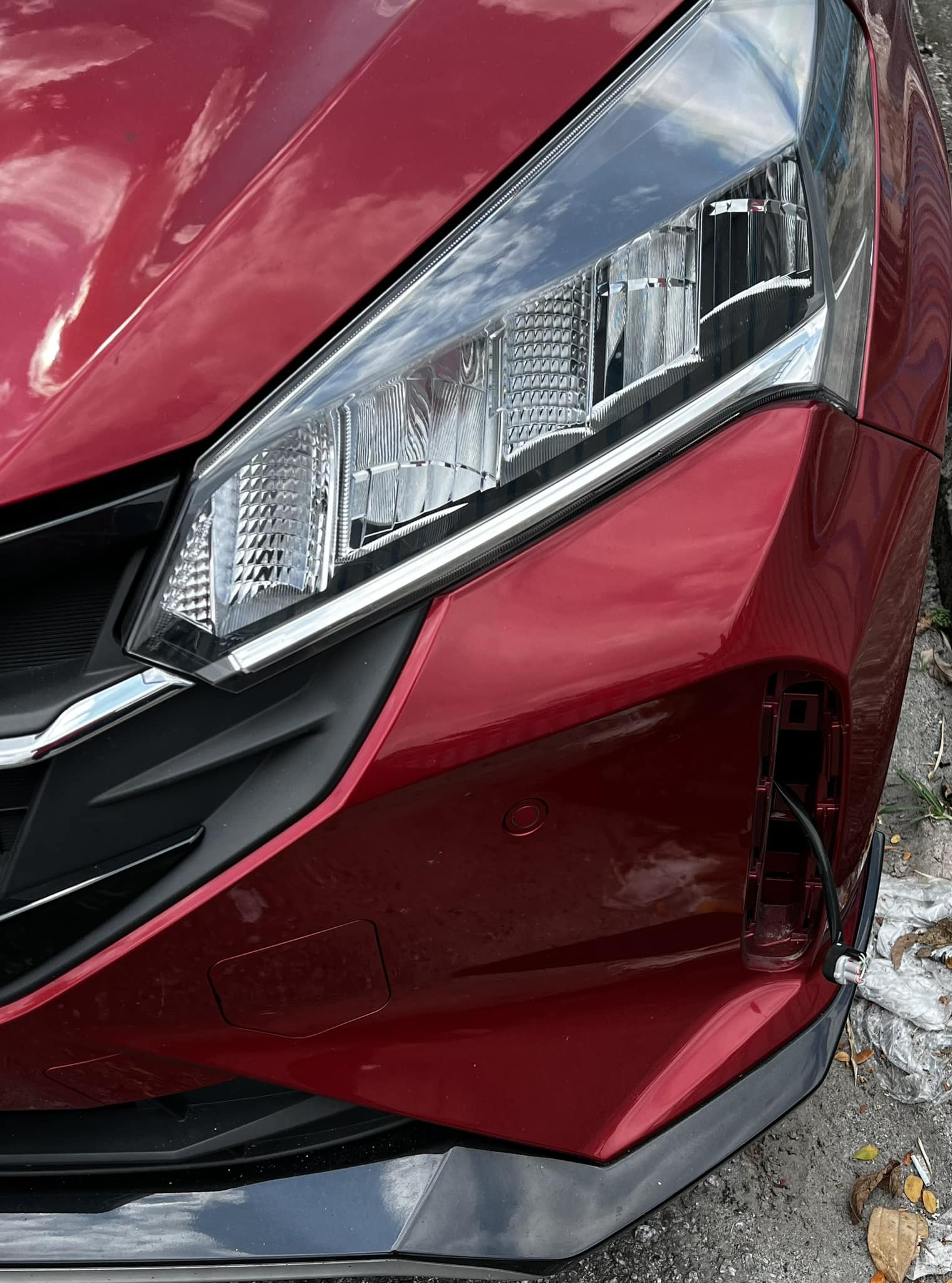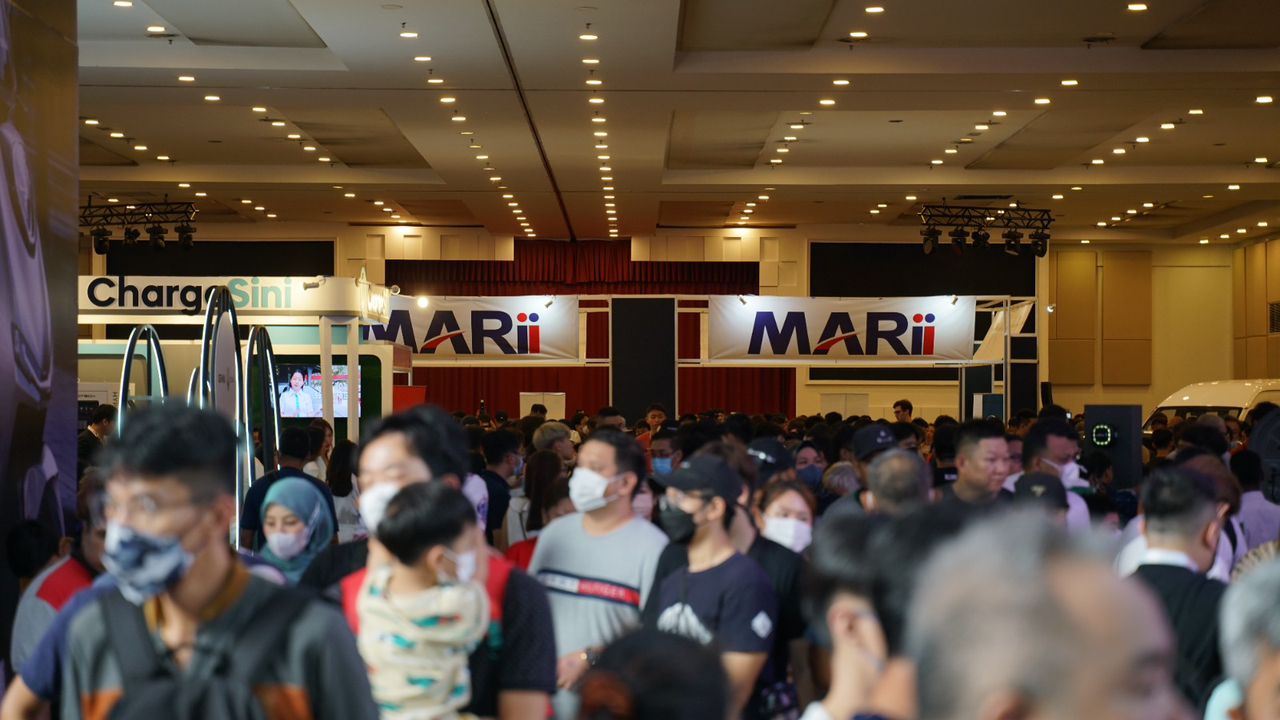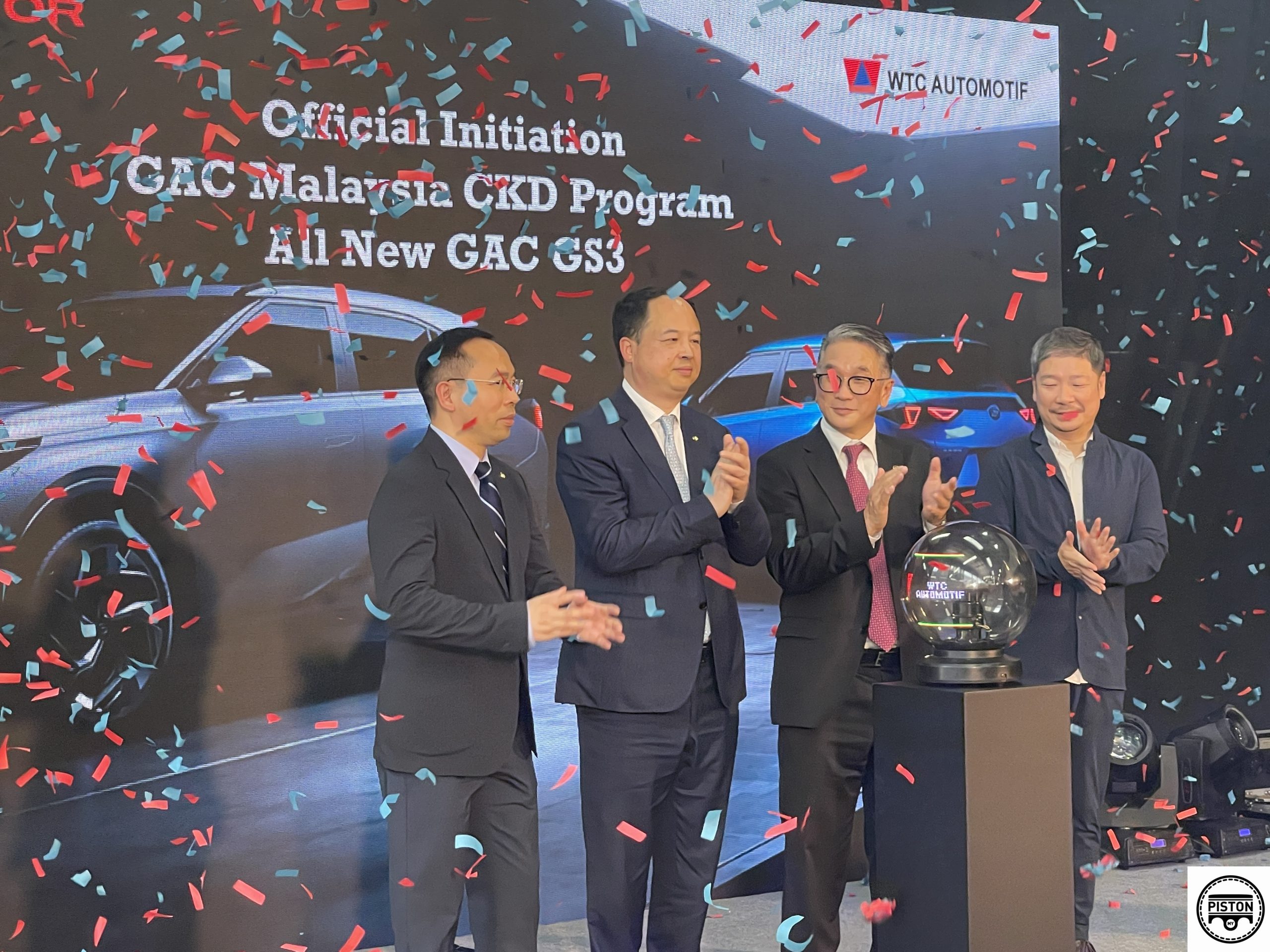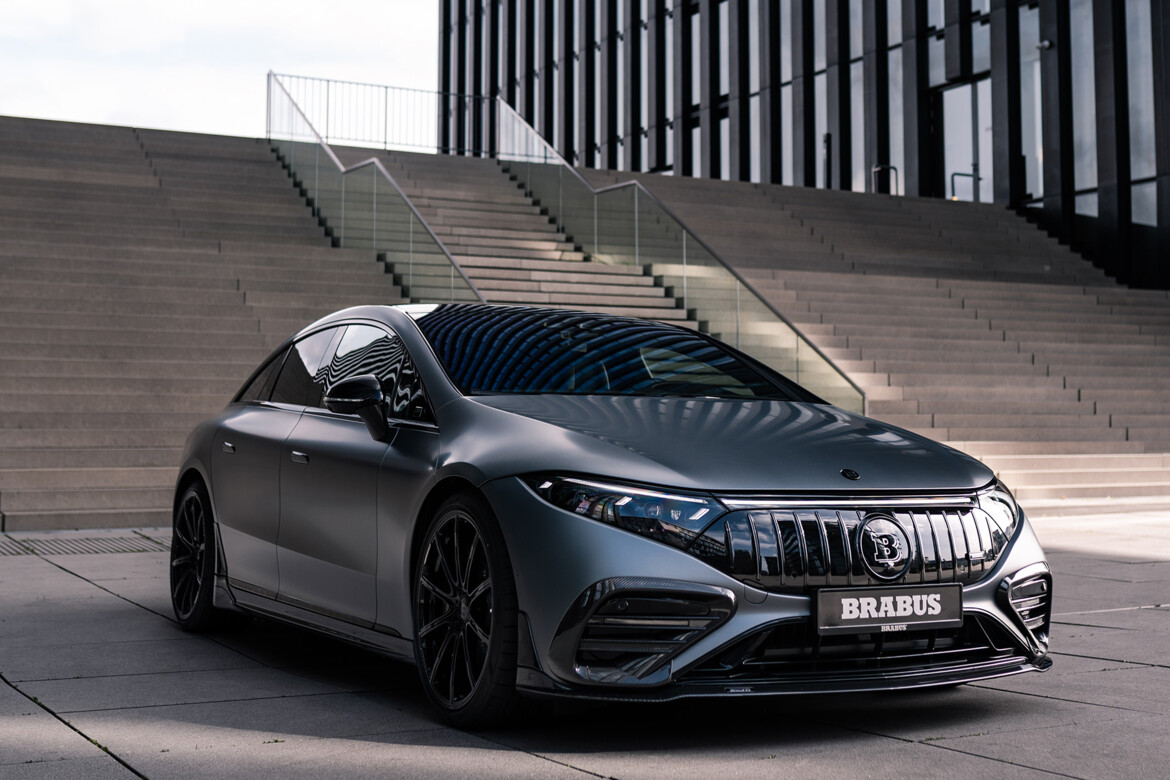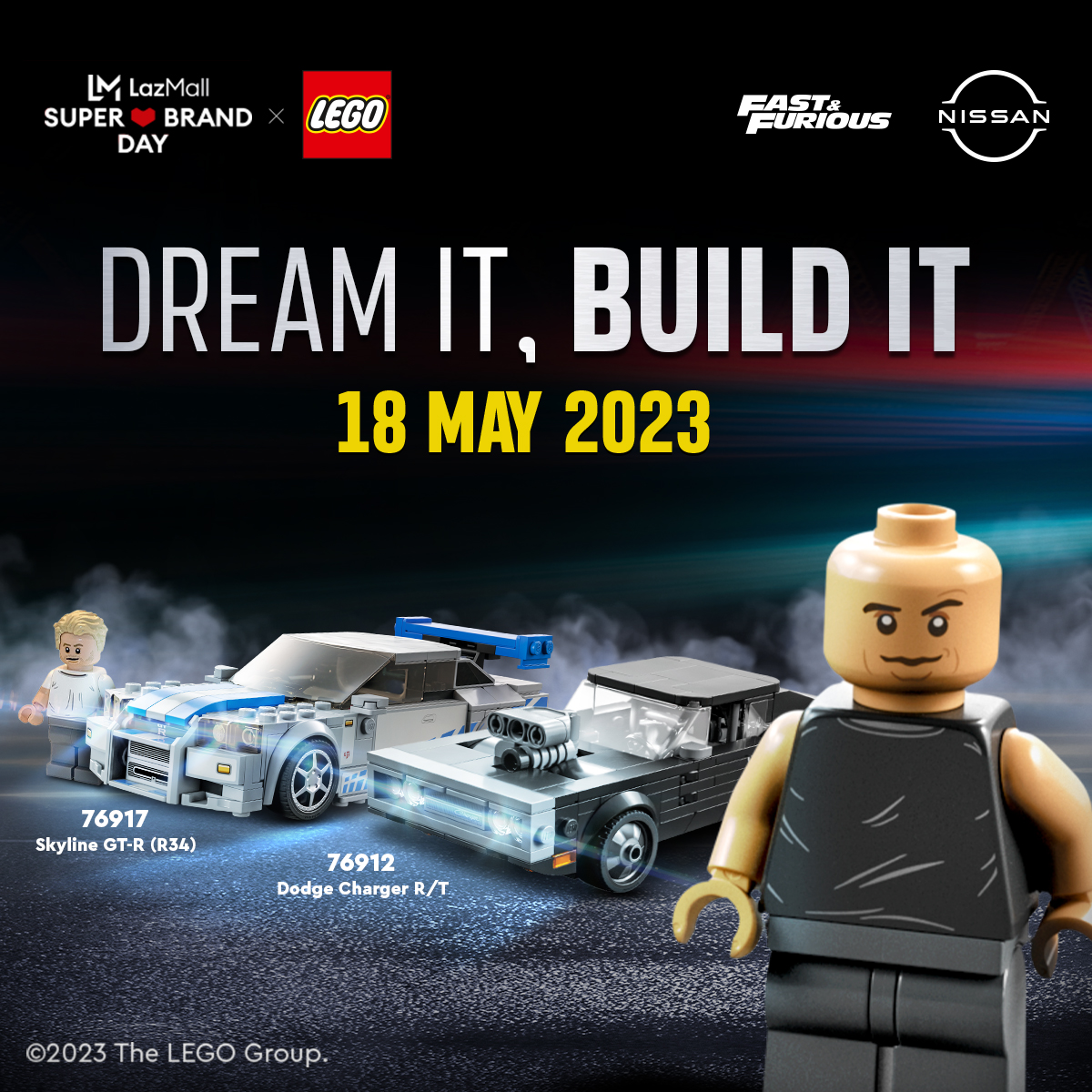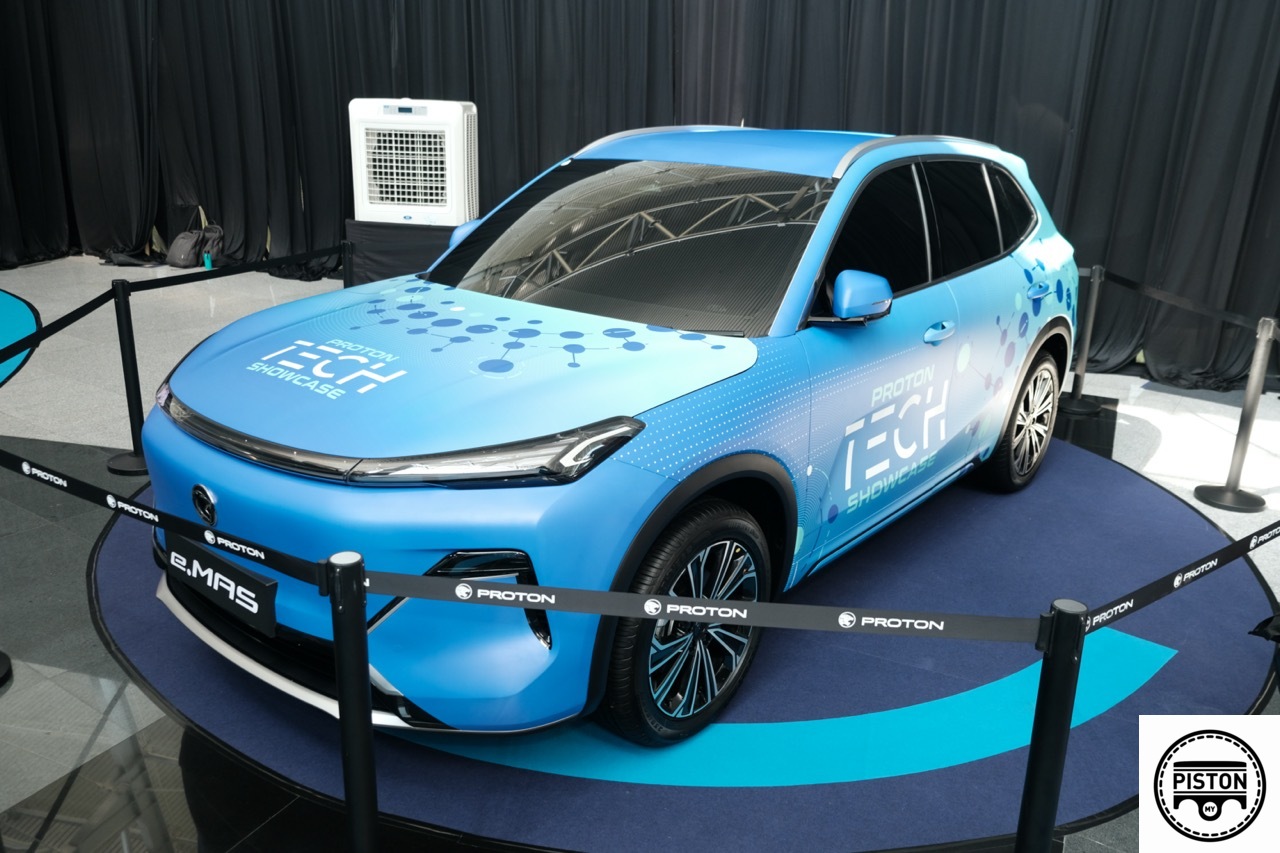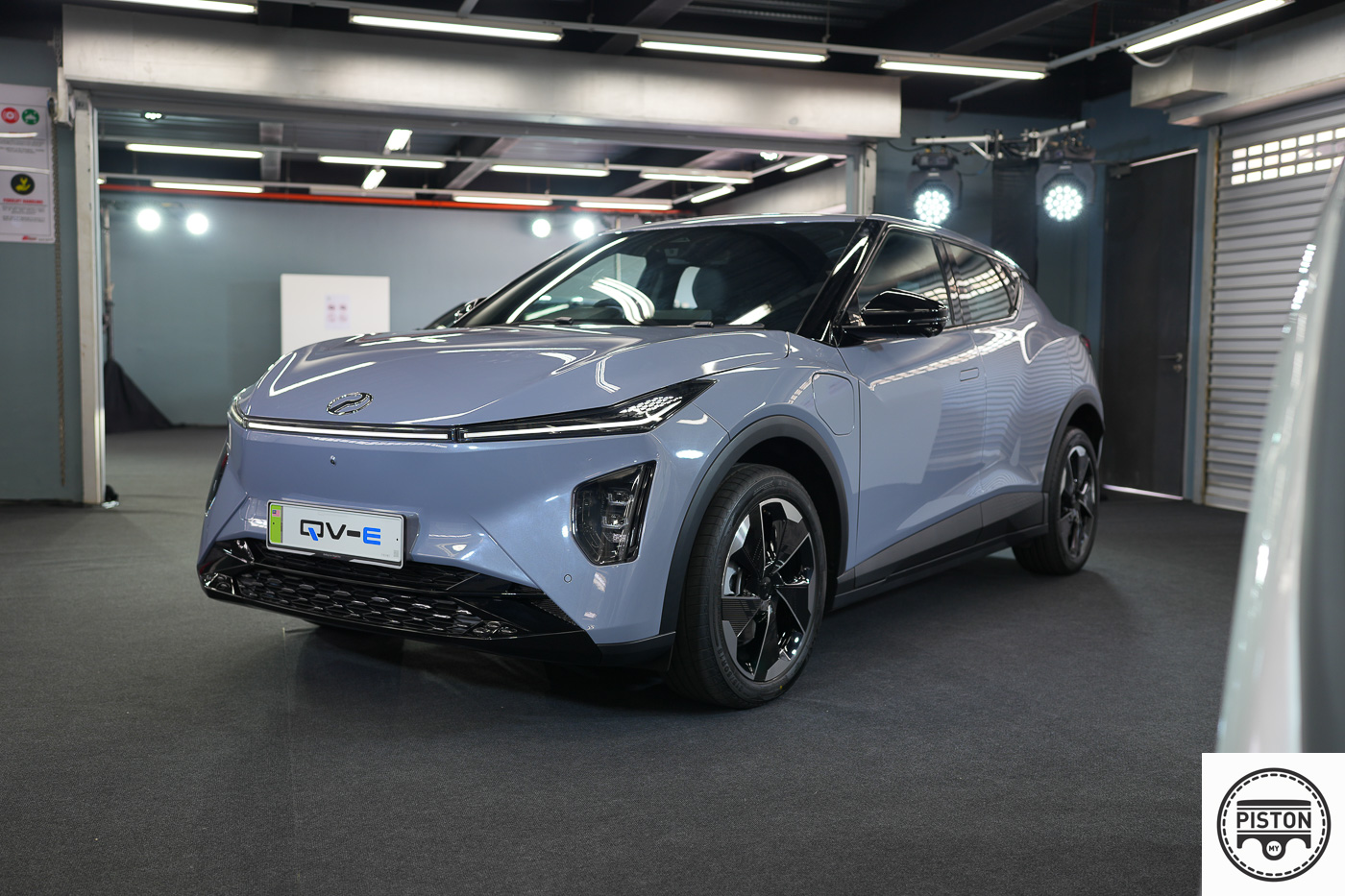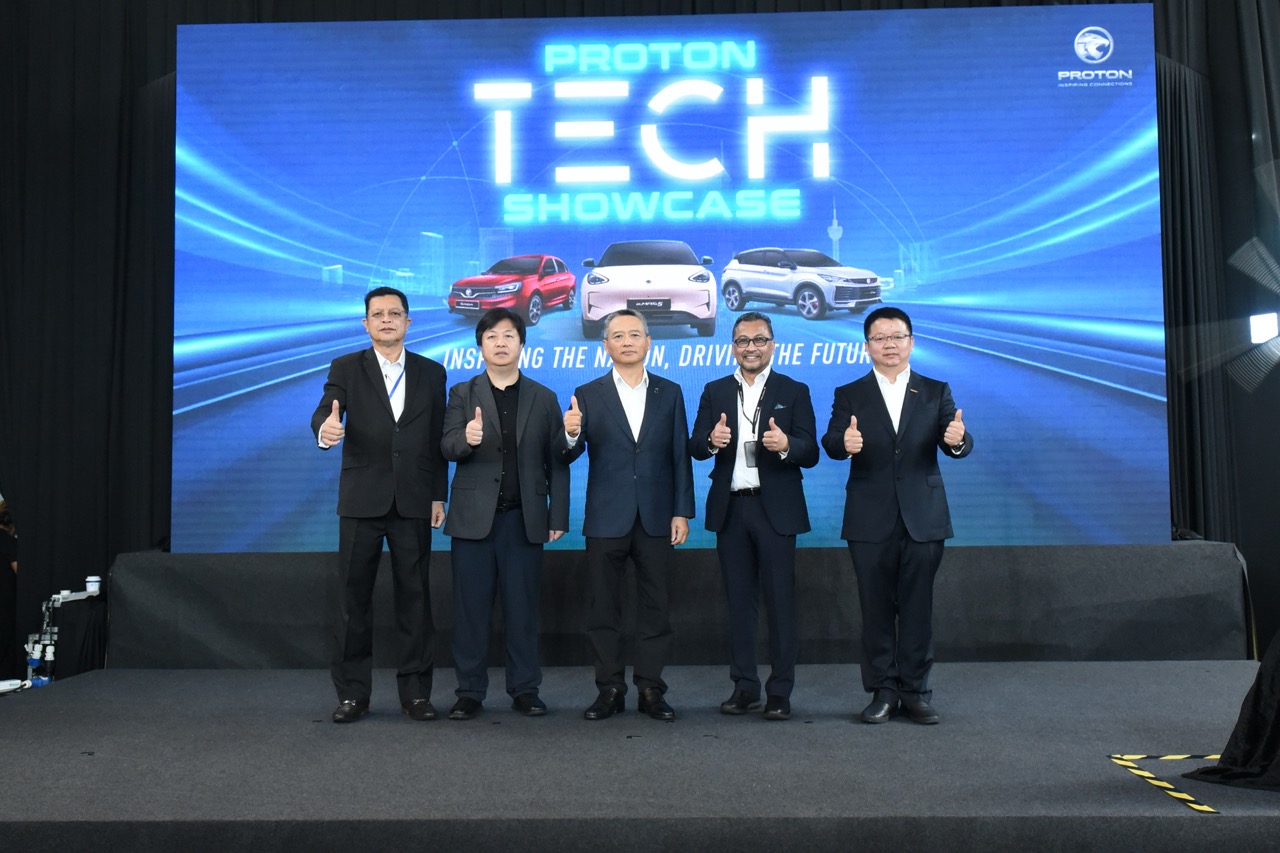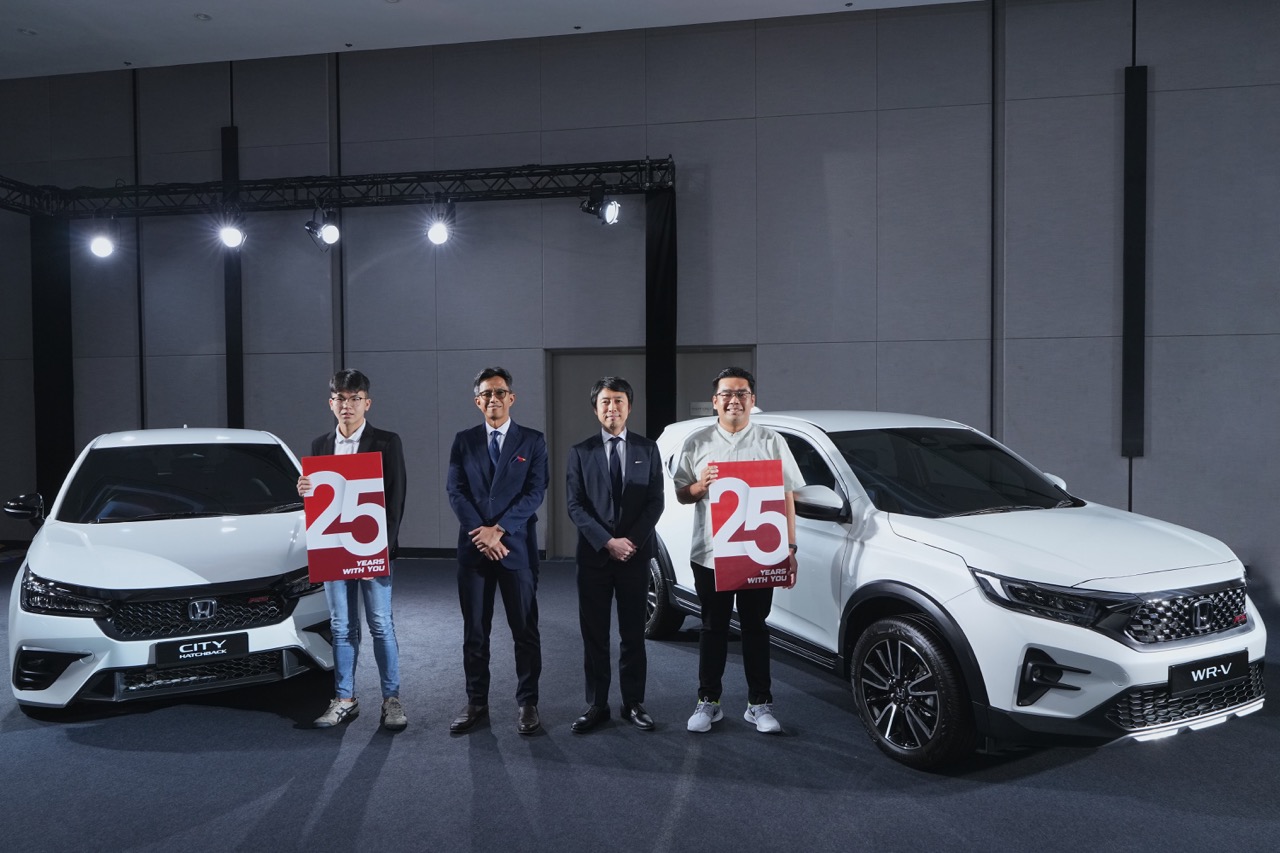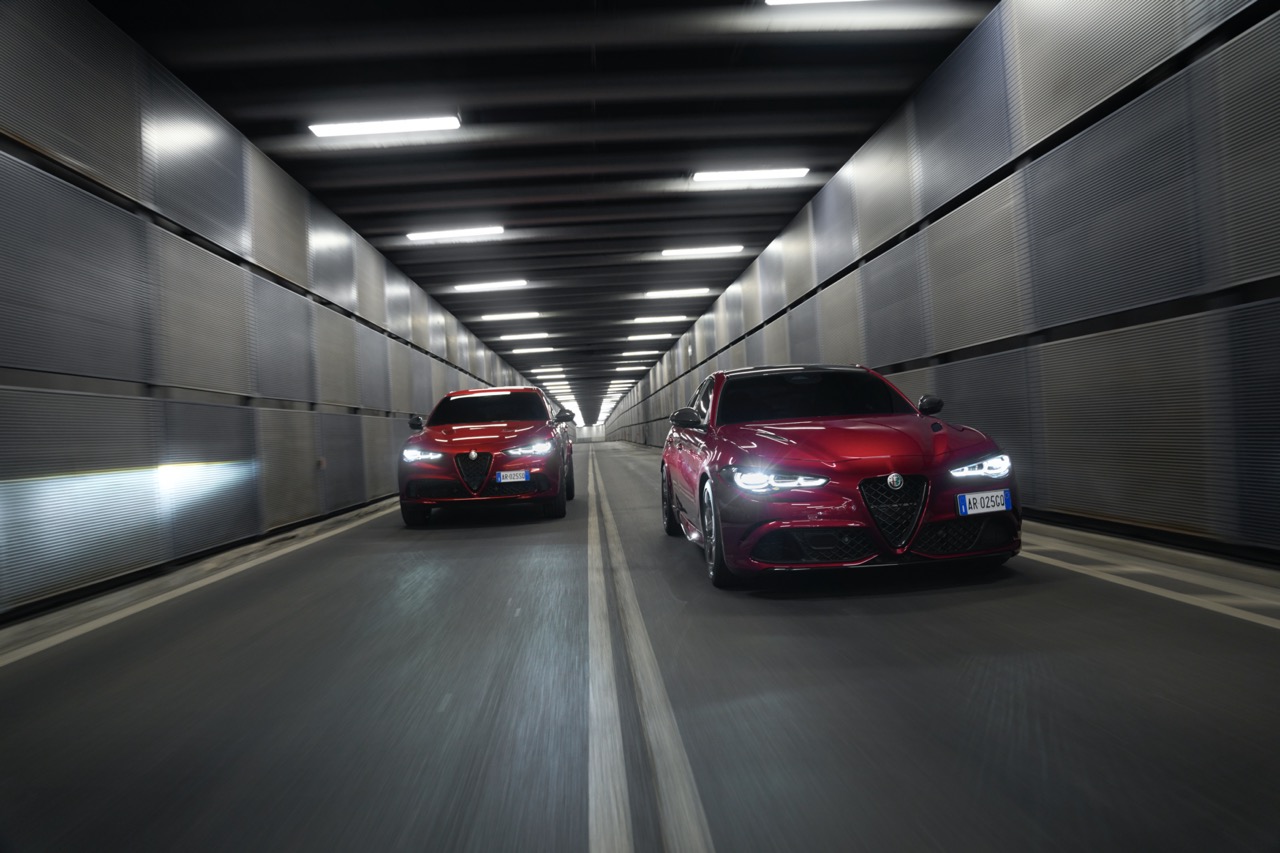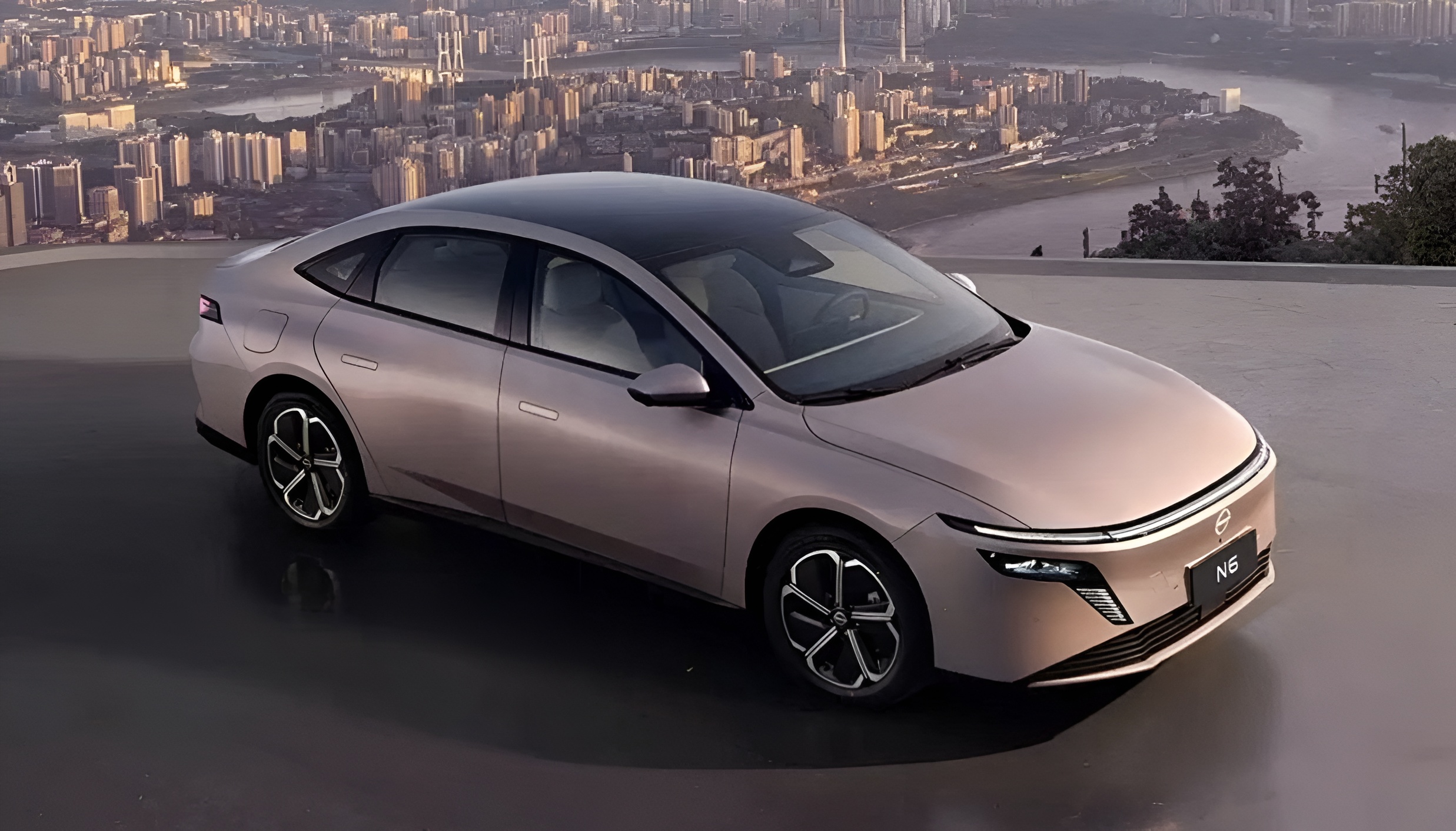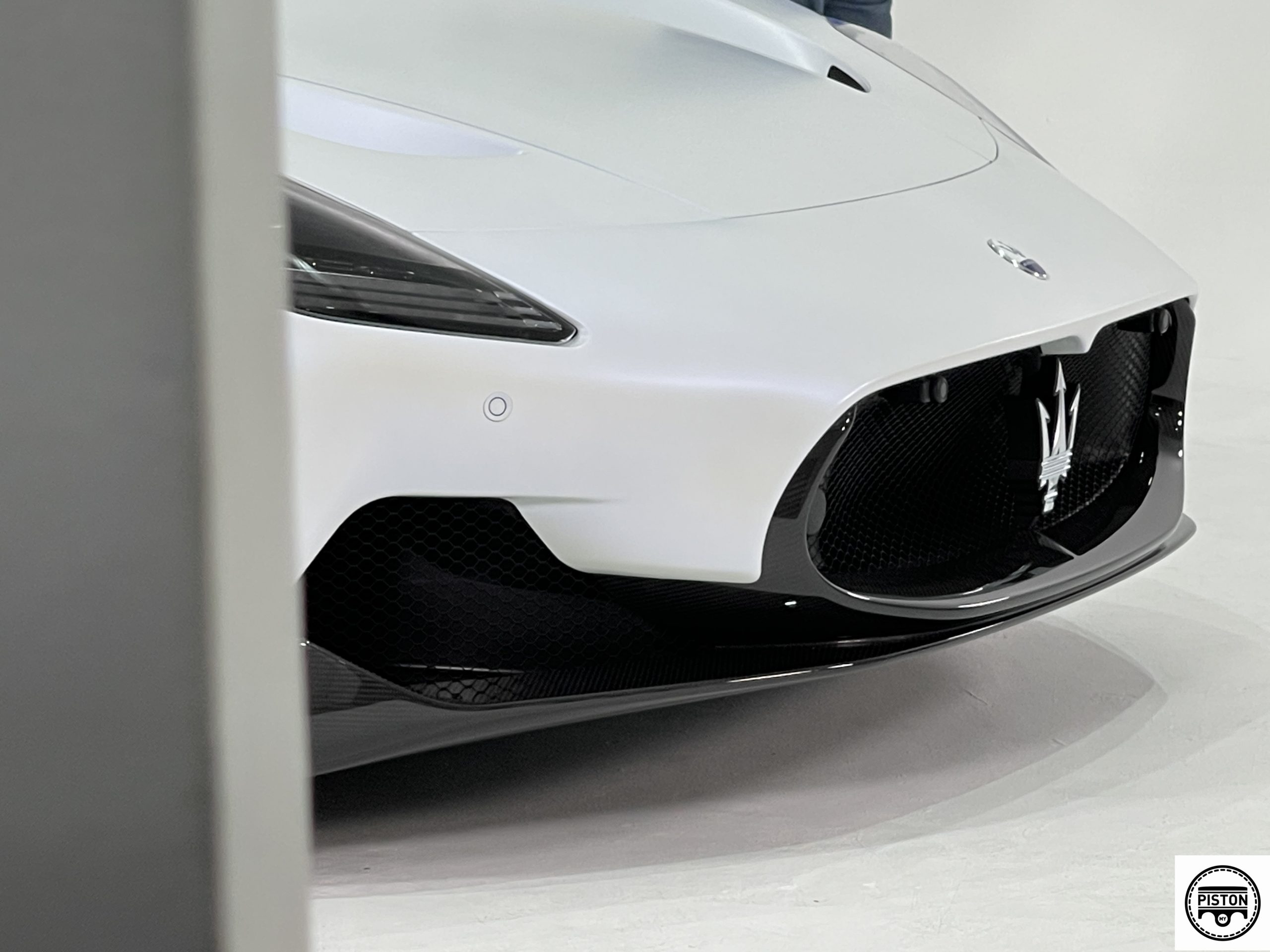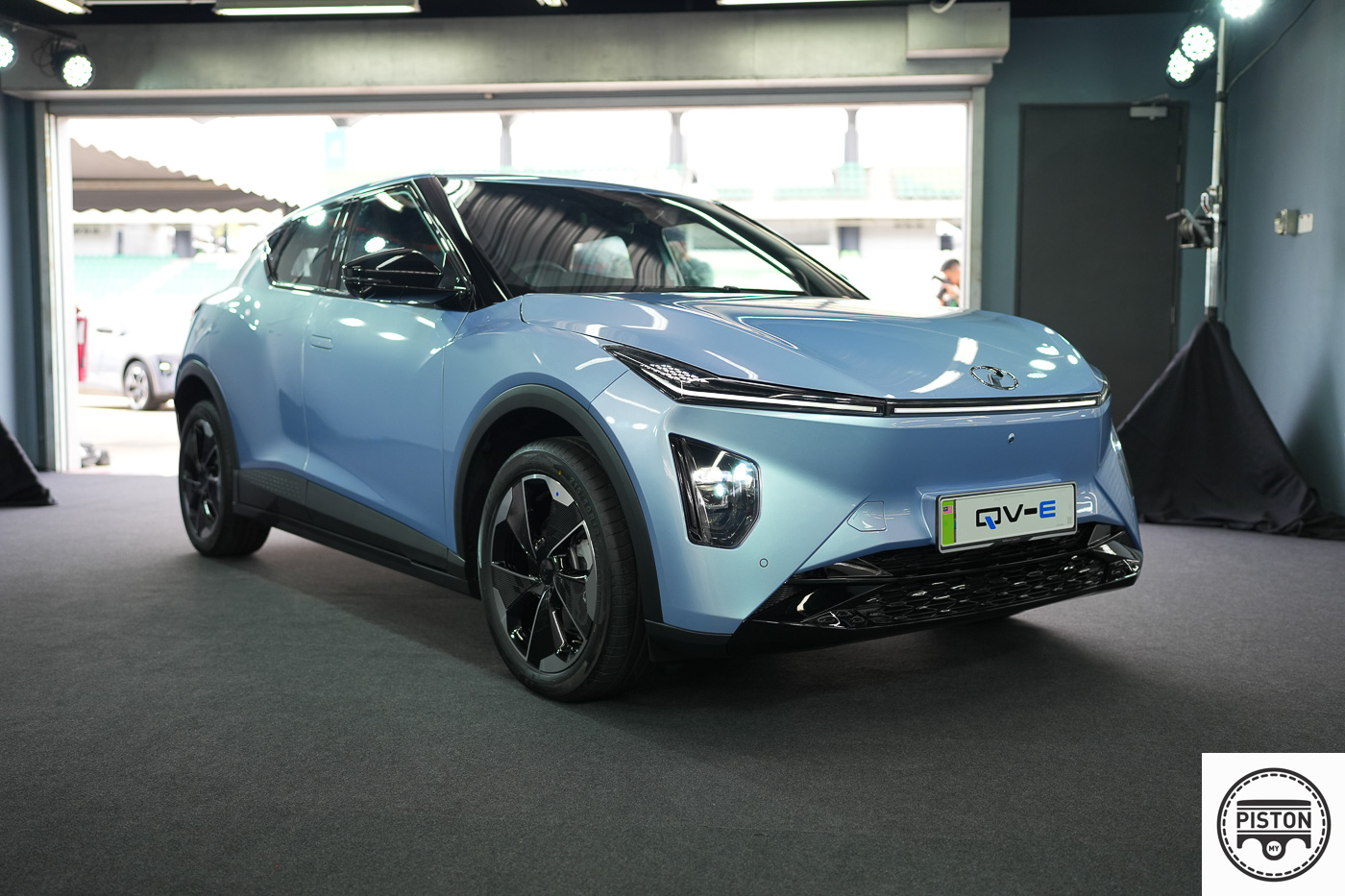Just two kilometres from the famous Jonker Street, Seong Hoe Premium Motors, the longest-running BMW dealer in Malacca, has unveiled a new MINI Charging Facility to meet the growing demand for electrified vehicle (EV) infrastructure in the historic city to support both locals and out-of-state visitors.
“Together with BMW Group Malaysia, we are ever-ready to support the growing market for Electrified Mobility in Malaysia and we are happy to have partnered with leading smart EV charging provider ChargeSini to deliver on this commitment,” said Loy Suan Chiow, General Manager of Seong Hoe Premium Motors.
(more…)
